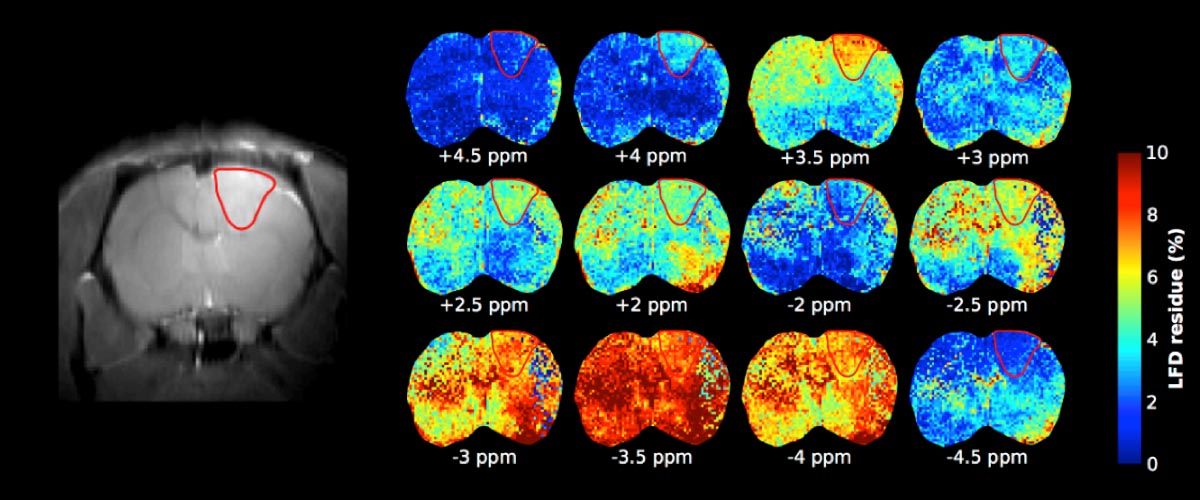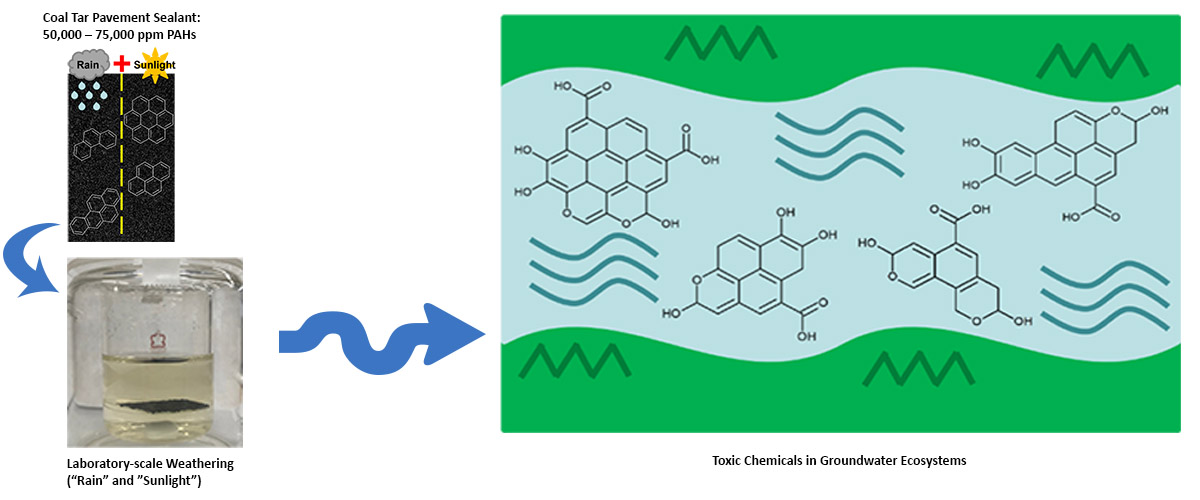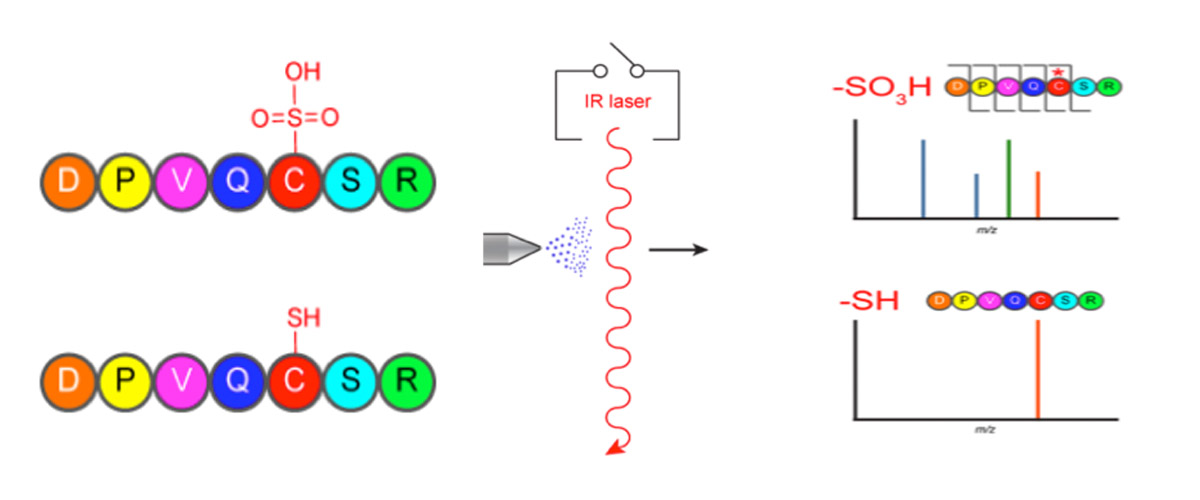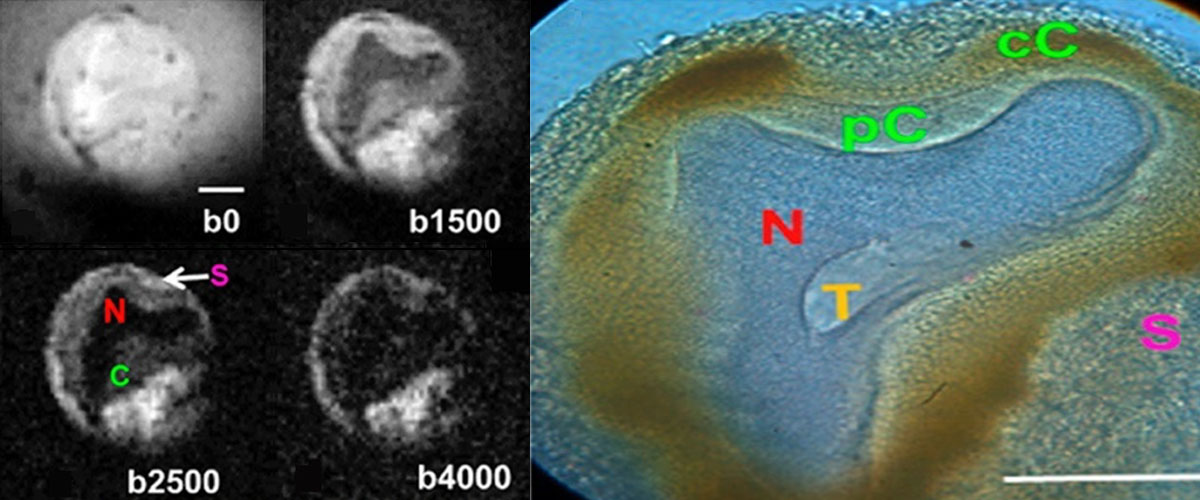What did scientists discover?
By coupling the National MagLab's powerful, one-of-a-kind 21.1-tesla MRI magnet with novel techniques, researchers found new potential disease markers for brain tumors. The scientists used a novel image contrast technique called chemical exchange saturation transfer (CEST), as well as advanced signal processing algorithms, to acquire these detailed images.
Why is this important?
This study demonstrates how ultra-high magnetic fields can help detect new biomarkers for cancer and elucidate biochemical interactions within tumors.
Who did the research?
Tangi Roussel1, Jens T. Rosenberg2, Samuel C. Grant2,3, Lucio Frydman1,2
1Weizmann Institute of Science, Rehovot, Israel; 2National MagLab, FSU; 3FAMU‐FSU College of Engineering, FSU
Why did they need the MagLab?
This study required the high, homogenous magnetic field of the MagLab's world-record 21.1-tesla MRI magnet as well as its uniquely large experimental space, which could accommodate the rodents studied during this experiment.
Details for scientists
- View or download the expert-level Science Highlight, High-magnetic-field MRI brain studies of disease markers
- Read the full-length publication, Brain investigations of rodent disease models by chemical exchange saturation transfer at 21.1 T, in NMR in Biomedicine
Funding
This research was funded by the following grants: G.S. Boebinger (NSF DMR-1157490, NSF DMR-1644779); S.C Grant (UCGP, AHA 10GRNT3860040, NIH RO1-NS102395); L Frydman (ISF/NSFC 2508/17, ERC-2016-PoC #751106)
For more information, contact Jens Rosenberg.






